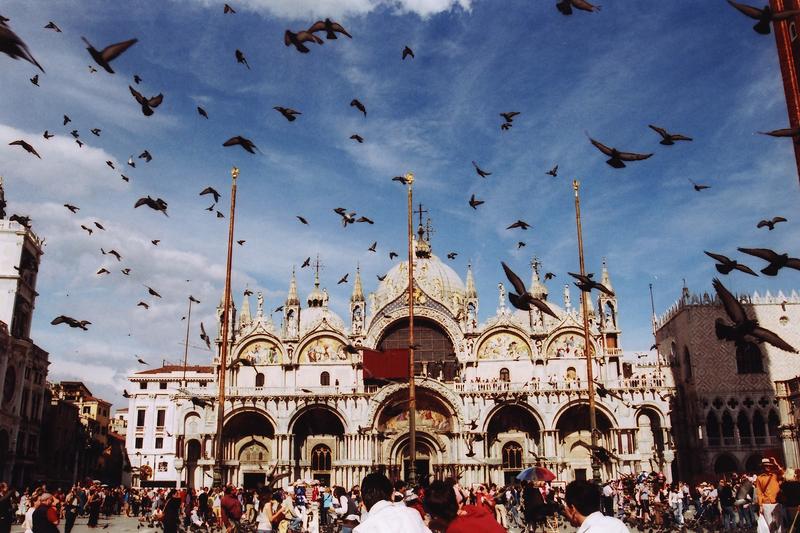
Sociologist Colin Jerolmack set out to write a thoughtful book on the changing cityscape — something like Jane Jacobs’ seminal The Death and Life of Great American Cities. But that was before a pigeon pooped on him.
He’d been observing changes in a pocket park near Carmine Street on the West Village called Father Demo Square when he was abruptly made aware of the park’s other residents: 700 pigeons.
“I realized that pigeons were everywhere—they’re a part of the city.” And so his work morphed into an investigation of our relationship with a creature whose revilers refer to it as a “flying rat”, but which also commands many fans who breed, race, and sometimes just feed these adaptable opportunists.
The result is his book The Global Pigeon, an ethnographic study that looks at how our interactions with the birds reflect on urban life, community, and cultural identity in locations ranging from Bushwick, Brooklyn to Venice, Italy.
Jerolmack said pigeons helped in a transitional moment in Bushwick, Brooklyn, for example, when an older generation of Italian Americans passed their pigeon breeding tradition to young boys of color. "There was a lot of racial tension and even rioting around it, but there was this little subculture that emerged that united these people across these generational and racial lines around pigeon keeping," he said.
For Jerolmack, pigeons are often seen as disorder because they compete for space with people. "Pigeons are so successful at adapting to the built environment," he said. "They’re pedestrians, they literally walk on the street, they sit on the benches. These are spaces that we’ve designated are for people only."


